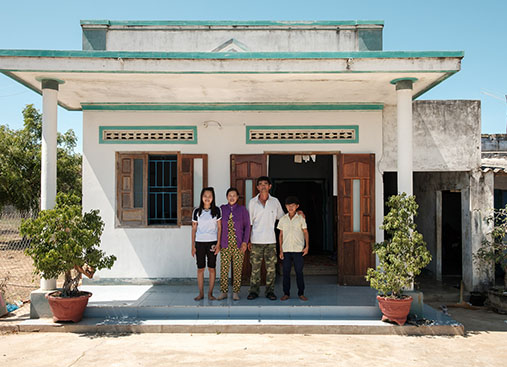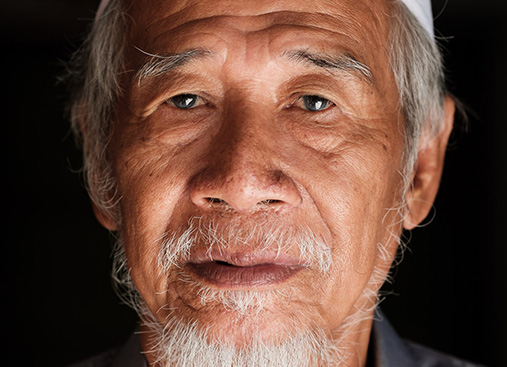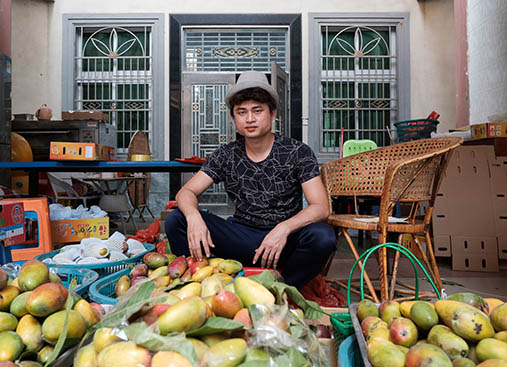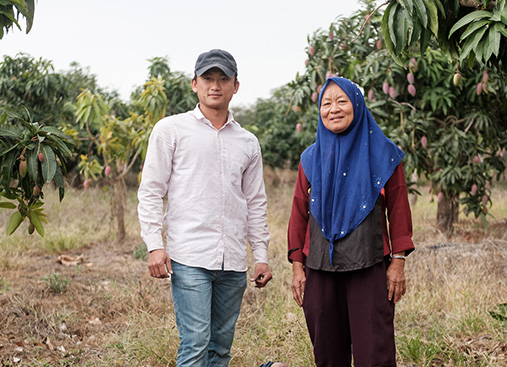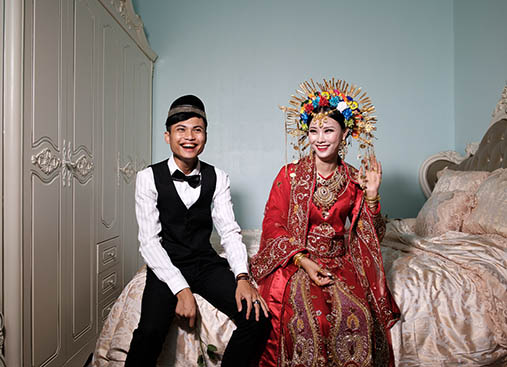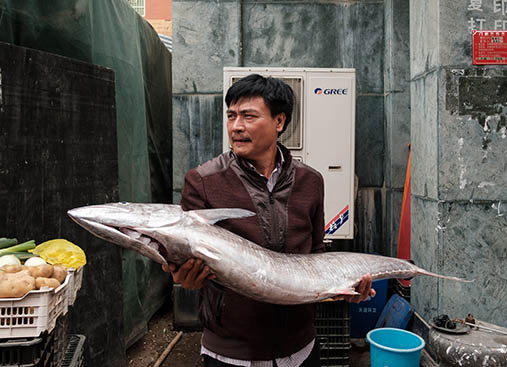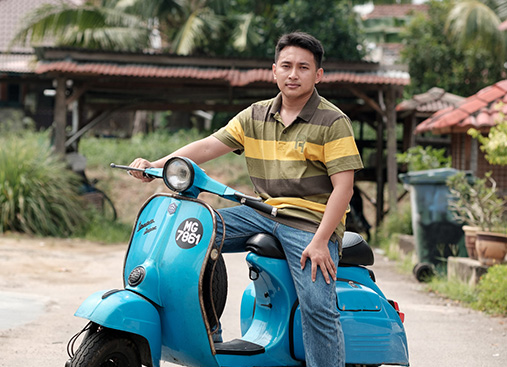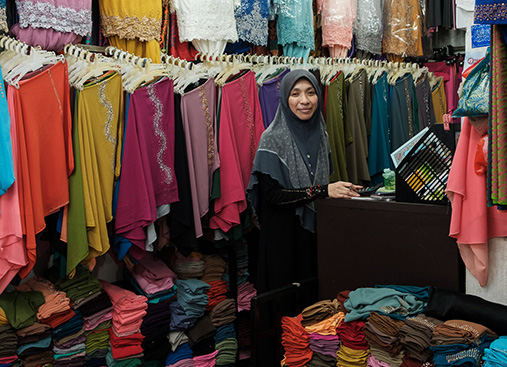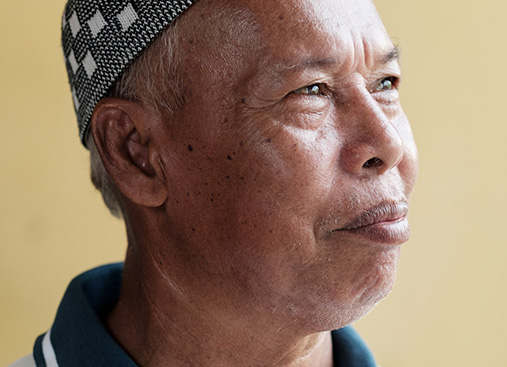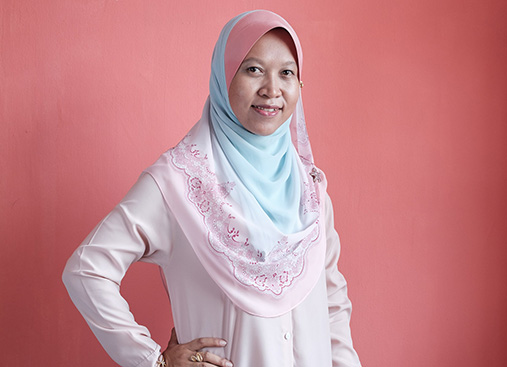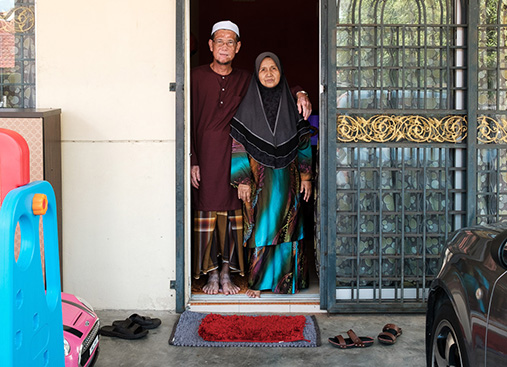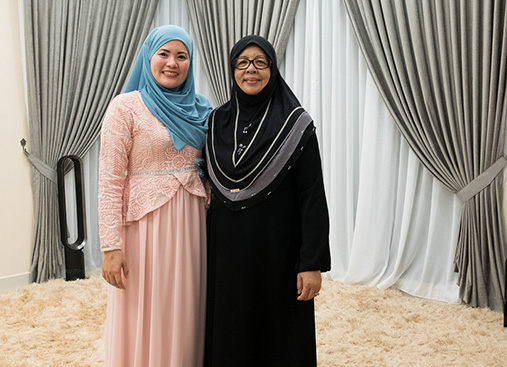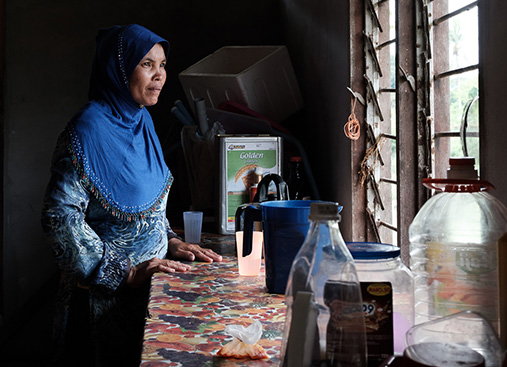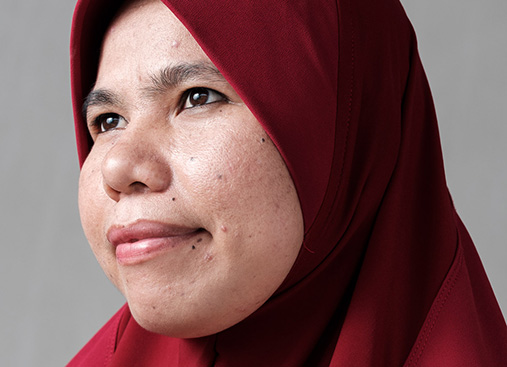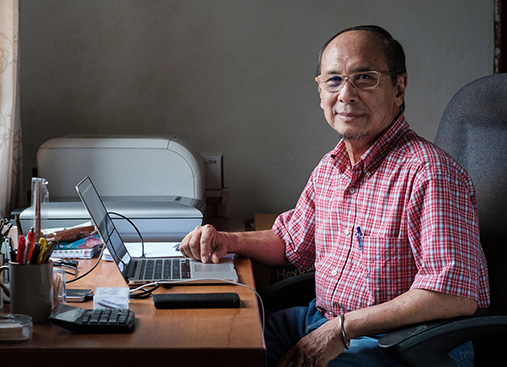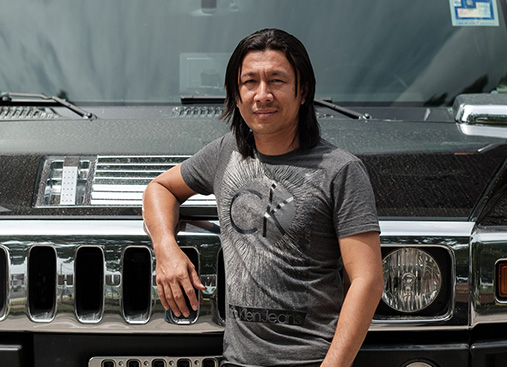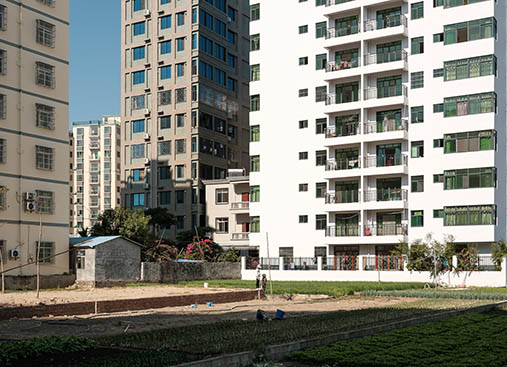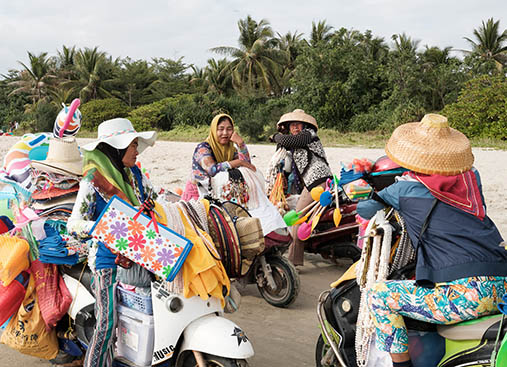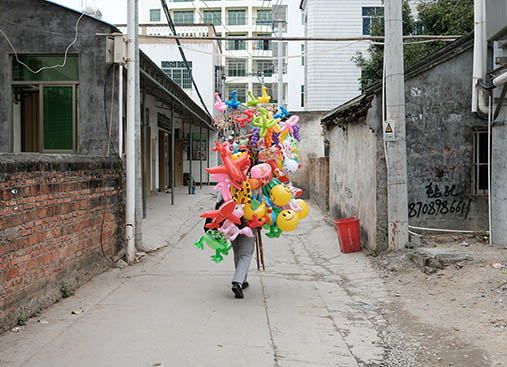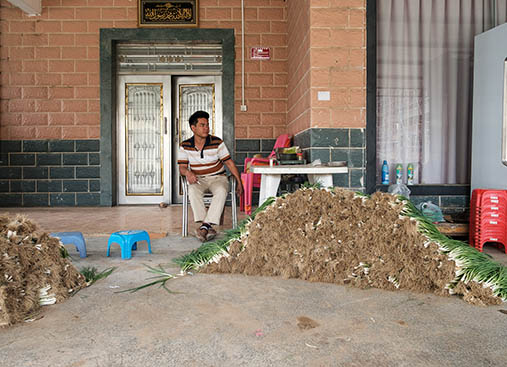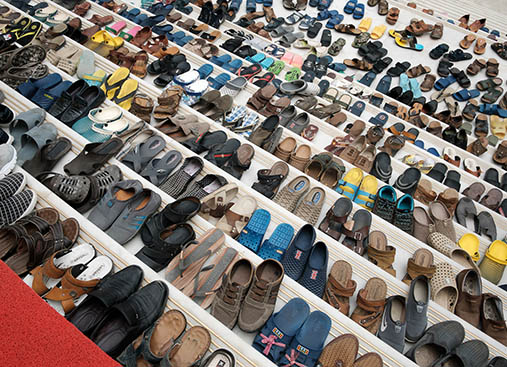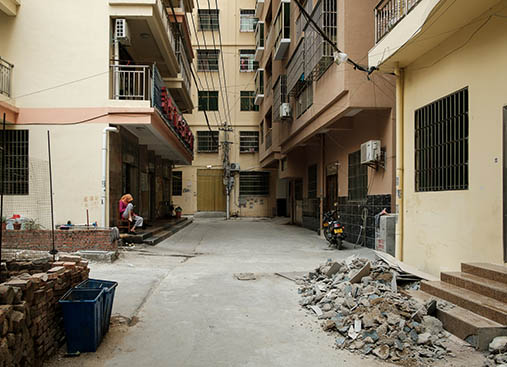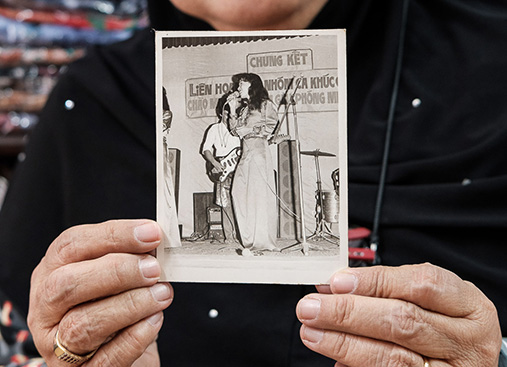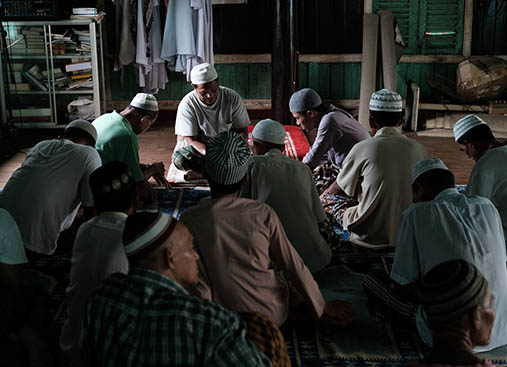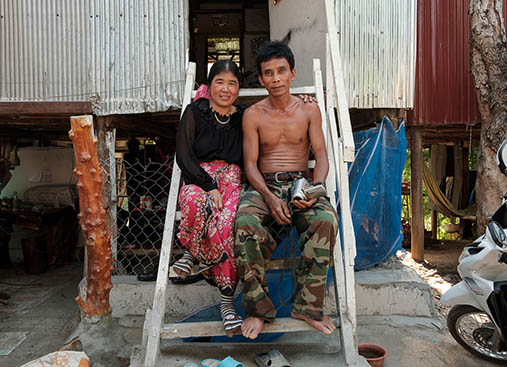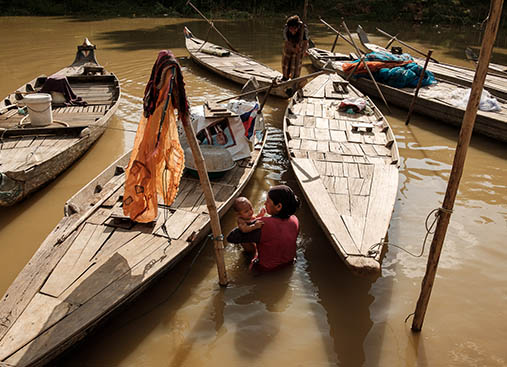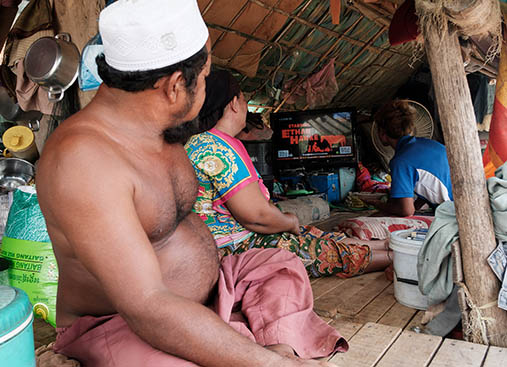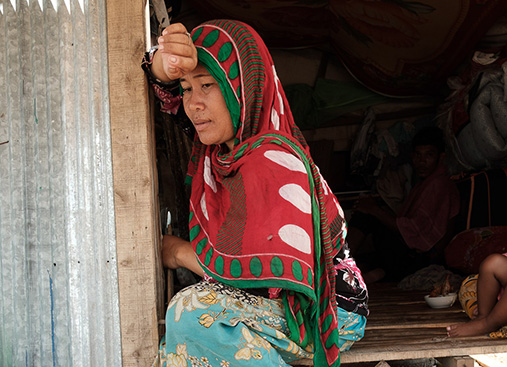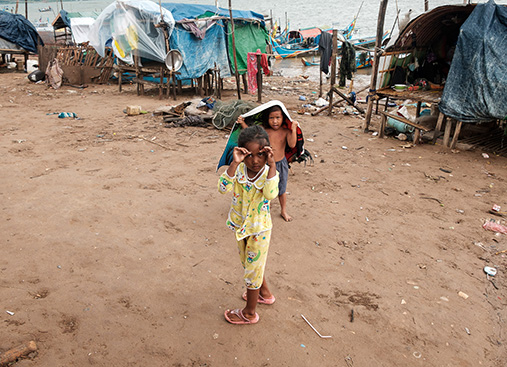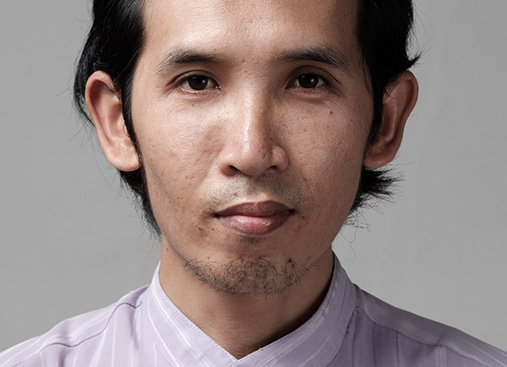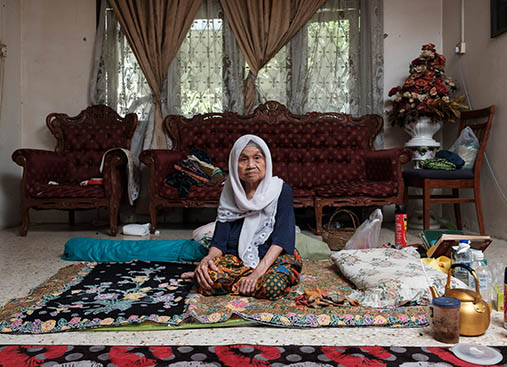Homelands
Documenting centuries of Cham migration
Since the fall of the Champa Kingdom in the fifteenth century, through persecution by the Khmer Rouge in the 1970s, right up until the present day, the Cham people have been in constant flux. Largely a Muslim group, today they are officially recognised as one of China's and Vietnam's ethnic minorities. Nonetheless, they remain marginalised, both culturally and economically, especially when compared to the dominant Han Chinese and ethnic Kinh Vietnamese peoples.
These images form a present-day visual survey of this diverse ethnic minority, exploring the lives and livelihoods of the Muslim Cham diaspora across the South China Sea region, specifically China (Hainan), Vietnam, Cambodia and Malaysia.
Whilst creating this work, it was very important to me to understand how these people lived, where they came from, what they were doing and why, rather than just recording the surface or veneer of an existence. With no formal training in anthropology, the process was one of constant questioning, observing, learning, with inevitably more questions than answers. Like all photographic projects, there was also a lot of hanging around, often at the local mosque before prayer-time, hopeful that there might be someone who spoke English to create an entry for me. “Muslim?” I was often asked. “No,” I would honestly reply. “I’m here to meet Cham people.” I was never turned away, but invariably was asked to sit, drink tea, engage in sign language, laugh, share in the jokes. Yes, of course you can take photos, no problem. People looked on with intrigue then delight as I showed them photographs on my Instagram feed of other Cham communities in other countries. “Cham?” they asked, surprised, almost in disbelief. “Yes, Cham!” I replied. We quickly became friends. As an outsider, the warmth I experienced from these people is something that I will never forget. Yet looking back, perhaps this is not so strange, for they too are outsiders. We were more alike than I realised, travellers a long way from home.
Beyond telling the stories of some of the people that I encountered, central to these images is the broader theme of representation. In this work, I seek to challenge how ethnic minorities are portrayed photographically, often through a western - and invariably male - “gaze”. In the west we are familiar with a picture-postcard view of ethnic minorities, popularised by publications such as National Geographic. Whilst these images are not pure fabrications, they are inevitably just one facet of a broader, more complex and interesting truth. As such, I was keen to photograph young people, students, entrepreneurs and professionals, professors, people wearing the ubiquitous “Messi” Barcelona shirt, people glued to their mobile phones checking what’s happening on their social media feeds. In short, people like ‘me and you’, rather than some exotic ‘other’. For whilst all of the people in these images are united by their ethnicity, they are also united by something larger still.
This body of work was commissioned a part of a larger research project by Durham University, lead by Dr Clare Sutherland. The images were presented as an exhibiton at the Oriental Museum in Durham from 01.02.2019 to 16.09.2019 and at the International Islamic University Malaysia, Kuala Lumpur from 01.04.2018 to 31.04.2018
Of course, this work wasn’t created in a vacuum. I would especially like to thank Dr Rie Nakamura without whom many of these images would never have come into existence; a tireless researcher, travelling companion and friend. Thanks also to Dr Claire Sutherland for bringing me into the project, for trusting me and giving me the freedom of which all artists dream. Thanks to Zira Abu for bringing your joy, positive energy and local knowledge with us on the road.
